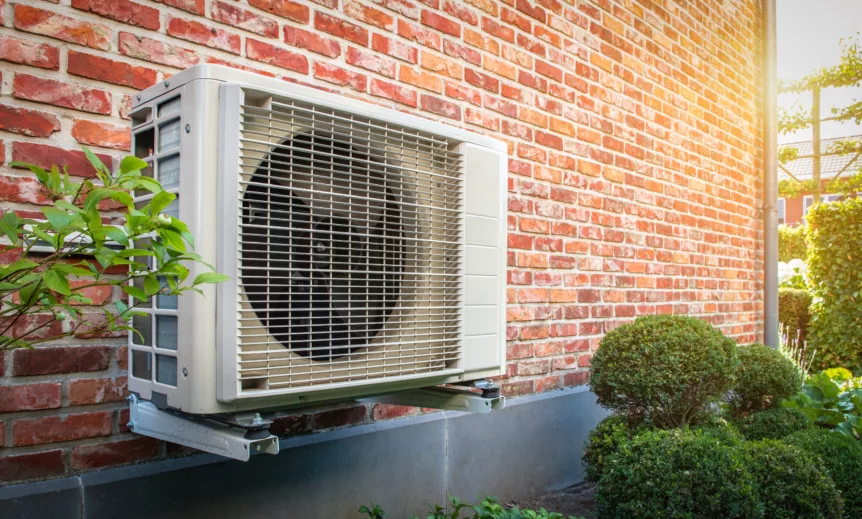Tying it All Together
Timing and Key Considerations for Green Funds and Programs
By Ravi Malhotra, NH&RA Tax Credit Advisor, November 2023
Federal agencies have steadily made progress in rolling out the new funds from the Inflation Reduction Act (IRA) and Bipartisan Infrastructure Law (BIL). Multifamily property owners can fold these dollars into capital stacks for projects that incorporate solar and storage, heat pump HVAC and hot water, health and safety measures, electric vehicle (EV) charging and other green upgrades – all at minimal cost to them. (See Case Study: IRA, BIL Bringing Big Pots of Money to Green Affordable Housing. )
Recent agency updates relevant to multifamily affordable housing:
- The IRS finally released the rules around qualifying for bonus Investment Tax Credits (ITC) for solar PV and storage and is accepting applications for the allocation of the bonus ITC through November 18.
- The Department of Housing and Urban Development recently commenced making awards under the Green and Resilient Retrofit Program and has three more rounds of applications until mid-2024.
- The Environmental Protection Agency concluded application periods for the three Greenhouse Gas Reduction Fund program opportunities totaling $27 billion.
- The Department of Energy (DOE) opened state energy offices’ (SEOs) application window for the approximate $9 billion Home Energy Rebate programs. (There is still time for the multifamily affordable housing industry to influence SEOs’ program designs to ensure the industry benefits from these programs.)
The time to plan for access to all this money is now, and finite. Multifamily affordable housing stakeholders need to help guide federal funds toward multifamily housing before the opportunity disappears. This should take a couple of different forms:
- Policy Advocacy – Pushing state and federal agencies to design Justice40-aligned programs that, as a minimum, allow multifamily housing to access the incentives, or ideally set aside funds for multifamily housing. We can also advocate for supportive policies and regulations. For example, designing community solar programs that allow multifamily property owners to subscribe entire properties to community solar projects, thus keeping the benefits with the property regardless of tenant turnover; and
- Planning for Bridge Funding – All grant funds or even tax credits are paid after the project is completed and certified as such. However, contractors will need funds upfront to start work and be paid before the incentives are paid out by the government. Tax credits can be transferred or sold for quick cash—at a discount, plus additional funds are needed for lawyers and CPAs and purchasing insurance. Bridge financing can enable multifamily property owners to access loans for projects that can be repaid once the IRA incentives are in hand.
Additional resources:

